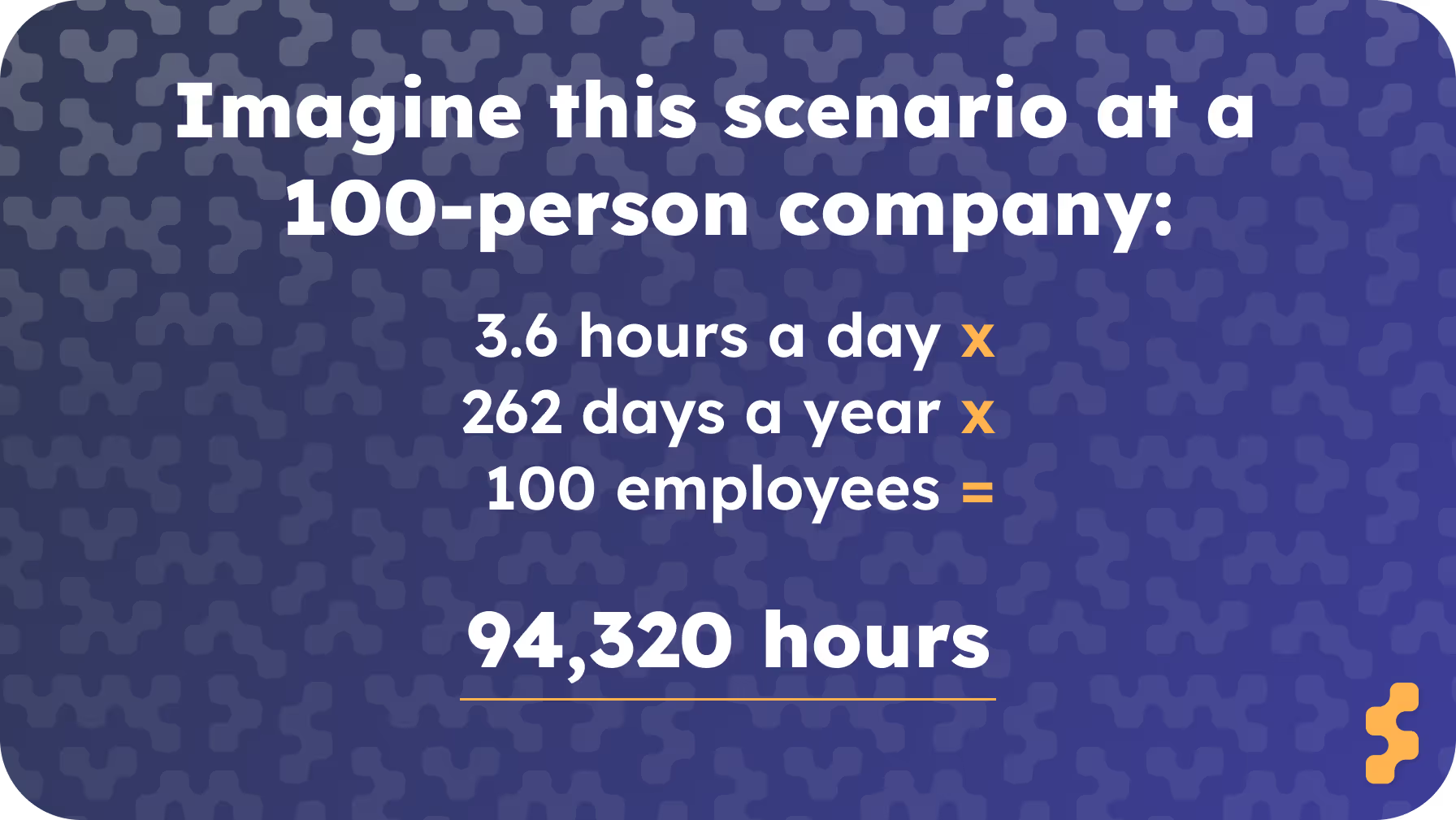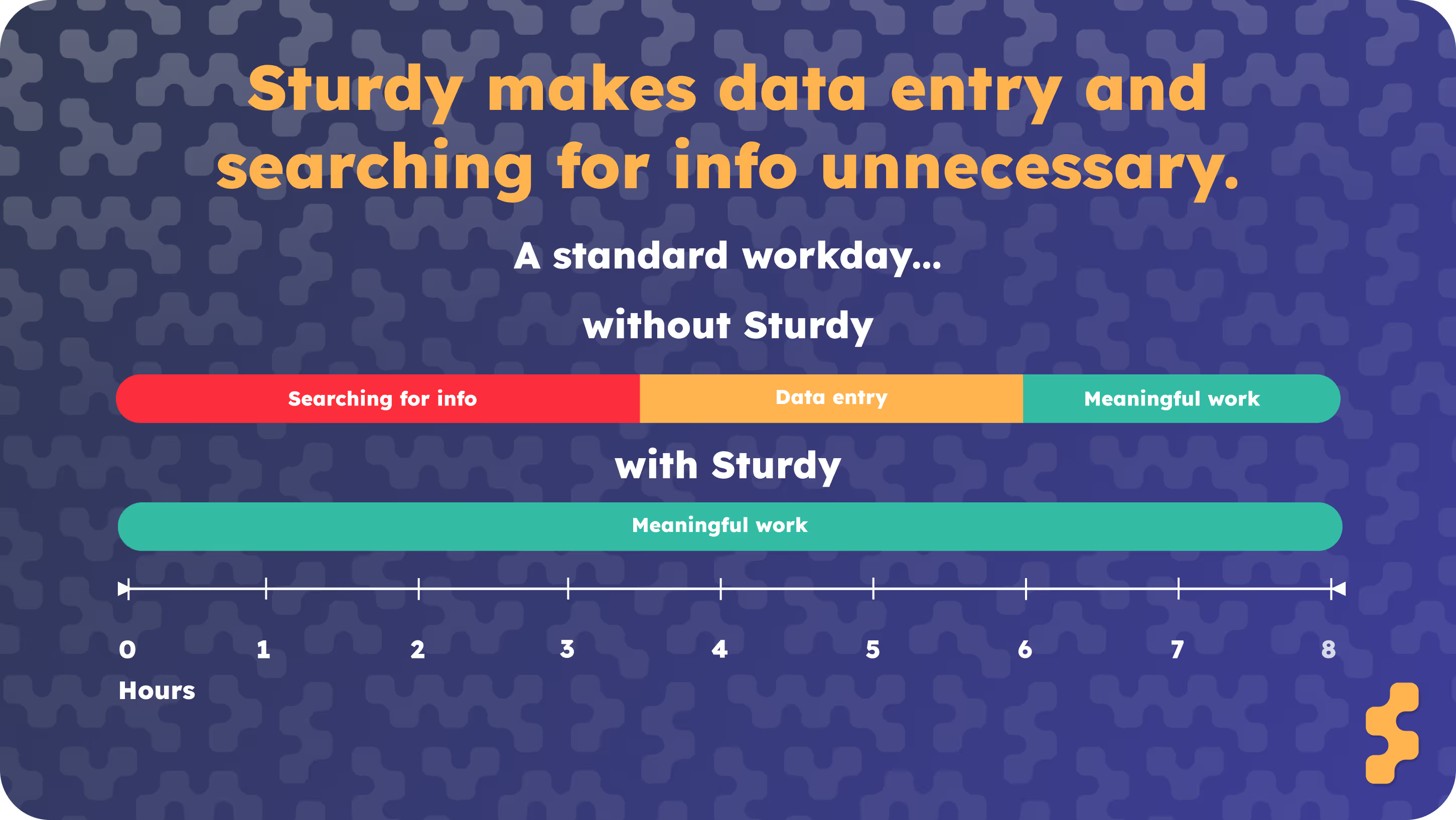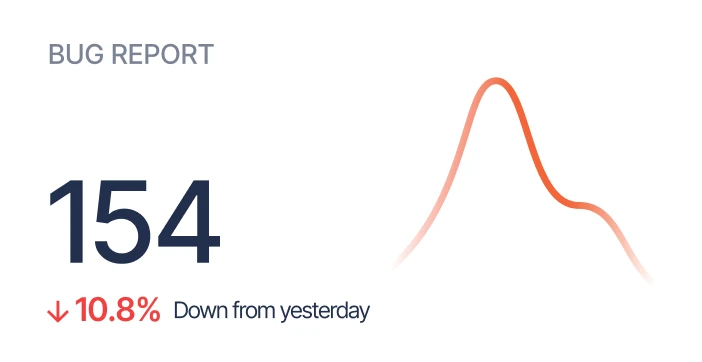In today's world, the power of AI is undeniable and, in many cases, is yet unknown. Businesses are leveraging this technology to increase their productivity and efficiency in ways that were never before possible. From semantic search to content generation, AI has enabled teams across the globe to work smarter, faster, and more effectively than ever before. But what really takes AI-powered productivity to the next level is converging information. Zeya Yan and Kristina Shen contend,
To date, generative AI applications have overwhelmingly focused on the divergence of information. That is, they create new content based on a set of instructions. In Wave 2, we believe we will see more applications of AI to converge information…While Wave 1 has created some value at the application layer, we believe Wave 2 will bring a step function change.”
In other words, this synthesis or convergence of information promises to revolutionize how businesses operate. In this blog post, we'll explore how much time teams are currently wasting with mundane tasks and how Synthesis AI can ameliorate that.

Before we do that, let’s first define what Synthesis or Applied AI is. In simple terms, it is the use of artificial intelligence (AI) in a practical context. It involves using AI algorithms and techniques to solve real-world problems or create new products or services by synthesizing vast volumes of data into insights. Examples include self-driving cars, facial recognition software, natural language processing, and machine learning. Applied AI can help businesses save time and money by automating routine tasks and providing better insights into customer behavior. For example, Sturdy is an Applied AI vendor using several AI techniques to help businesses understand and act on customer and prospect interactions more effectively.
Let’s take a deeper look at how Applied AI can power the productivity of your team. We’ll begin by taking a close look at the standard American work week. According to a 2023 Zippia study, the average American adult works 38.7 hours weekly. That is roughly 8 hours a day during the standard work week. There seems to be plenty of time to accomplish meaningful work, but there’s a catch. Workers spend more than half of their workday searching for information and doing manual data entry. A 2022 Coveo report found that “the average employee spends 3.6 hours daily searching for information.” The report highlights an increase in one hour per day over the last year, a “trend heading in the wrong direction.” Imagine the impact that has on your business. To keep the math simple, if you have 100 employees working 262 days a year, that’s nearly 100,000 hours of wasted time a year. And as the old adage goes, time is money.

But it doesn’t end there. Your employees spend nearly as much time simply moving data from one place to another as they are searching for information. A 2021 Zapier study concluded,
76% of respondents said they spend 1-3 hours a day simply moving data from one place to another. Additionally, 73% of workers spend 1-3 hours just trying to find information or a particular document.”
Put that into perspective for one moment. That means your workforce is potentially spending up to 75% of their time looking for information or moving data from one location to another. Thanks to AI, it doesn’t need to be this way.
.avif)
For example, Sturdy uses Applied AI to make data entry and searching for information unnecessary. Sturdy collects all unstructured interactions with your prospects and customers—the stuff stuck in various silos—emails, chats, tickets, call transcripts, etc. It cleans it up, synthesizes it with different data sources, and gets it into one searchable system every team will use. And let’s be honest, your business will never generate less data than it does now. With Sturdy, the dark data trapped in your business finds the people, systems, and teams that need it most without requiring data entry. Now organizations can route cancellation insights to account managers—surface unbiased feature requests to product teams—send bug reports to the engineering team, and more. Sturdy automatically delivers the insights to answer the “why?” and “what next?” to the teams and systems that need it most. Yesterday you searched for information. With Sturdy, it will find you.

.png)

.png)
.png)







